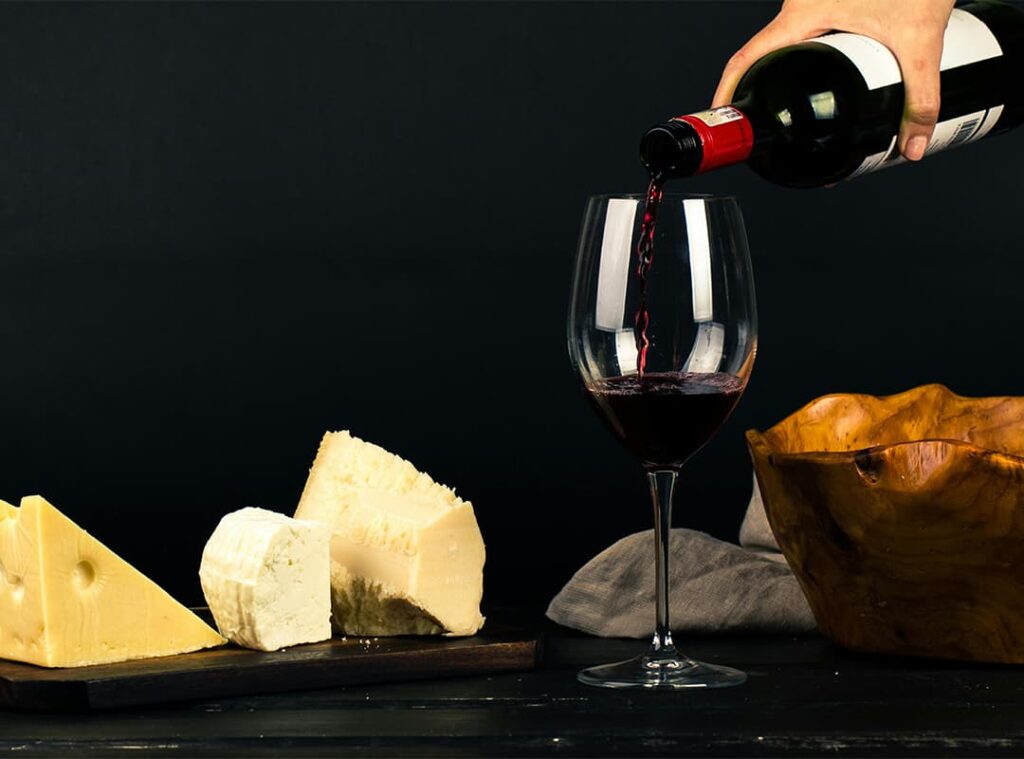The world of winemaking is not just about the grape variety, the soil, or the climate—it’s also about the invisible world of microorganisms that live on the vineyard, the grapes, and in the winery. Among these microorganisms, yeast plays a critical role in shaping the flavors, aromas, and characteristics that define a wine’s uniqueness. Understanding how vineyard microflora works and the influence of yeast in fermentation is essential for winemakers looking to craft exceptional wines.
The Role of Yeast in Winemaking
Yeast is a fungus that thrives in the presence of sugar, which is abundant in grape juice. During fermentation, yeast consumes these sugars and converts them into alcohol, carbon dioxide, and various aromatic compounds. This process is vital not only for producing alcohol but also for contributing to the sensory profile of the wine—its taste, aroma, and mouthfeel.
While commercial yeast strains are commonly used in winemaking, wild yeast that naturally occurs in the vineyard also plays a significant role in fermentation. The specific strains of yeast present in the vineyard’s microflora are unique to that environment, which is why each vineyard can produce wines with distinct characteristics.
Vineyard Microflora: The Invisible Artists of Wine
Vineyard microflora refers to the community of microorganisms, including yeast, bacteria, and molds, that inhabit the grapes, leaves, and soil. These microorganisms are influenced by the terroir—the combination of climate, soil, and other environmental factors that give each wine its unique character. Wild yeast species are part of this microflora and are often responsible for spontaneous or natural fermentation in organic and biodynamic wines.
These natural yeasts can impart a variety of flavors and aromas to the wine. For example, the Saccharomyces cerevisiae yeast strain is commonly used in fermentation because of its reliable fermentation capabilities, but wild yeasts such as Brettanomyces can create complex and sometimes controversial flavor profiles. Wines made with wild yeast fermentation often exhibit more complex, earthy, and sometimes funky notes, adding to the distinctiveness of the wine.
How Yeast Influences Wine Characteristics
- Aromas and Flavors
Yeast not only ferments sugars but also contributes significantly to the aromatic compounds in the wine. The production of esters, higher alcohols, and fatty acids during fermentation affects the flavor profile. For example, yeast can impart fruity, floral, or spicy notes to wine, making it taste fresher, more complex, or even giving it a certain “funkiness.” - Mouthfeel
The byproducts of yeast fermentation can also impact the texture and mouthfeel of wine. Yeast produces compounds like glycerol and polysaccharides, which contribute to the body and smoothness of the wine. - Fermentation Styles
The choice between using commercial yeast or relying on the vineyard’s wild yeast population also affects the wine. While commercial yeast is consistent and predictable, wild yeast fermentation can be more unpredictable but can create more distinctive and terroir-driven wines.
Innovations in Winemaking: Controlled Fermentation
While wild yeast fermentation can yield exciting results, it can also present challenges, such as risk of spoilage or inconsistent fermentation. This is why some winemakers prefer using controlled fermentation with specific yeast strains to ensure a more predictable outcome.
To achieve high-quality wine production with minimal waste, some wineries employ advanced equipment like a counter pressure bottle filler. This technology allows winemakers to bottle wine without oxygen exposure, maintaining the freshness of the wine while preserving its flavor profile. This is especially useful for sparkling wines, where yeast’s influence on carbonation can be delicate, ensuring that the final product is of the highest quality.
The Importance of Vineyard Microflora in Sustainable Winemaking
In addition to influencing flavor and aroma, vineyard microflora plays an essential role in sustainable winemaking practices. By relying on wild yeast strains and embracing natural fermentation, wineries can reduce their reliance on chemicals and additives. This not only enhances the wine’s natural characteristics but also promotes healthier ecosystems in the vineyard, aligning with trends in organic and biodynamic winemaking.
Yeast is an indispensable part of winemaking, influencing not only the alcohol content but also the wine’s aroma, flavor, and texture. The unique microflora present in each vineyard provides winemakers with a natural way to create distinctive wines that reflect the terroir. Whether using wild yeast for its complexity or employing controlled fermentation with innovative equipment like a counter pressure bottle filler for maintaining quality, yeast remains one of the key factors that define a wine’s uniqueness and character. Understanding and working with vineyard microflora is essential for any winemaker looking to craft wines that stand out in an increasingly competitive market.
